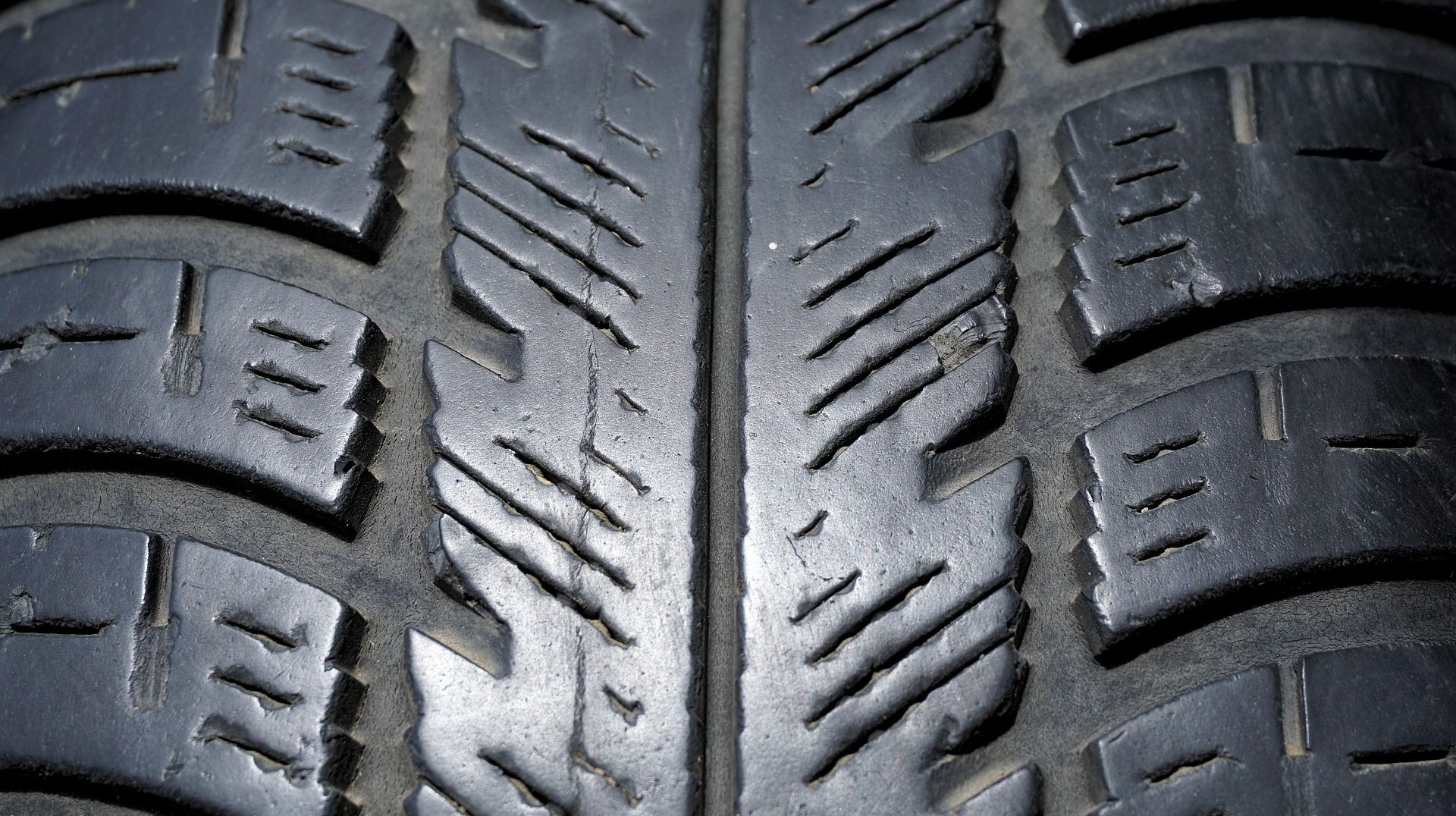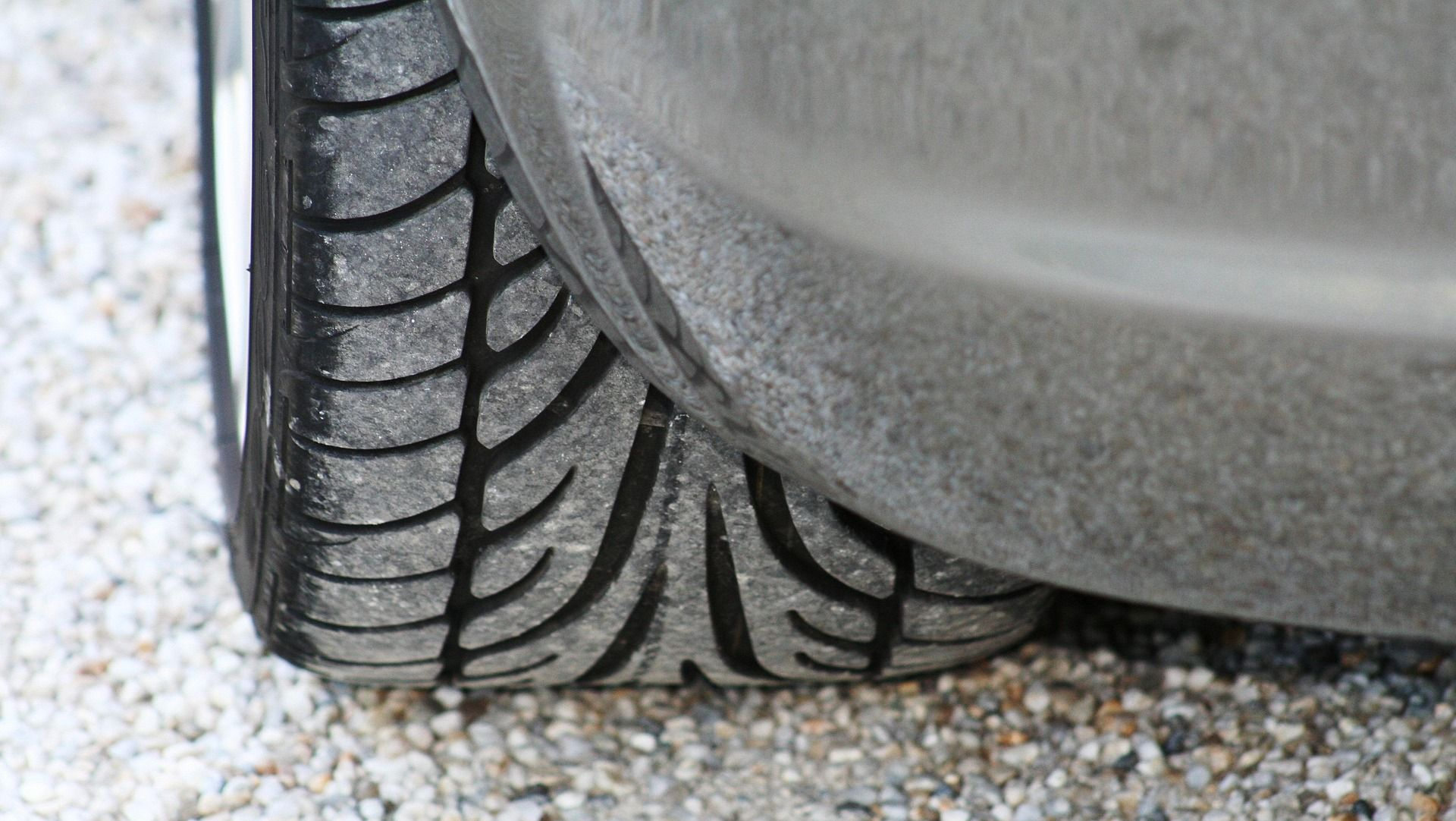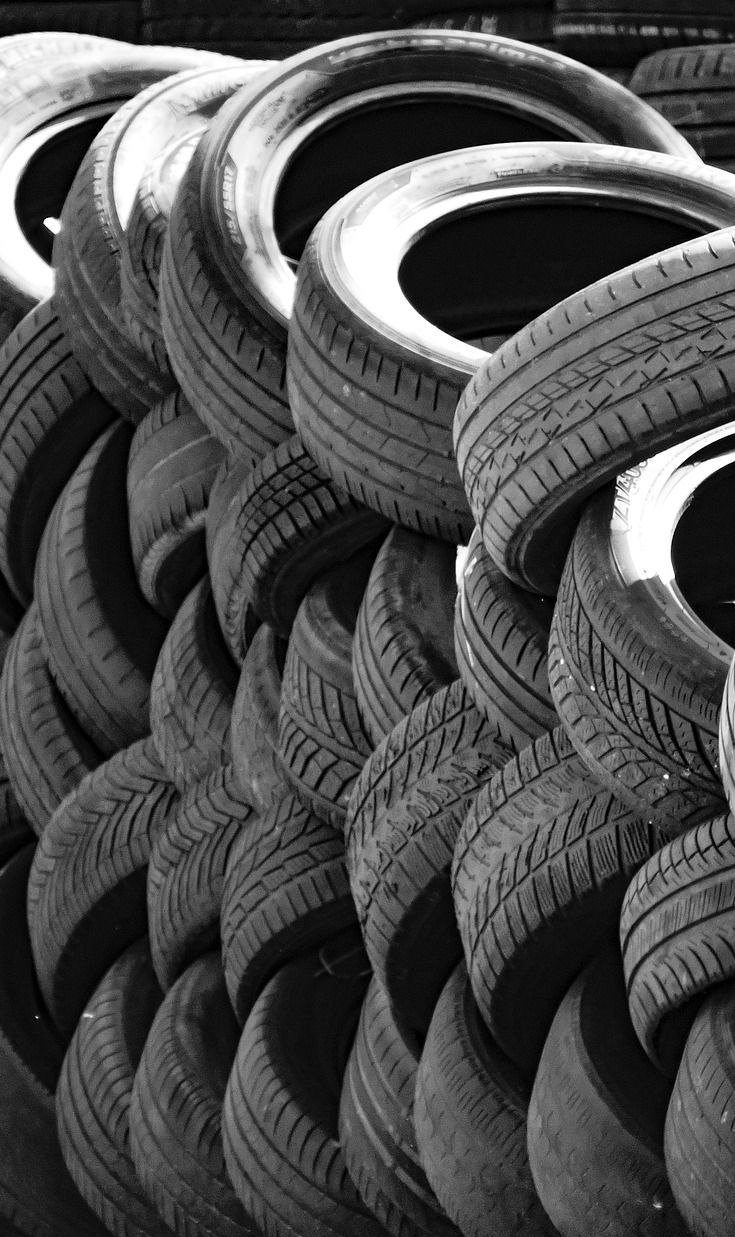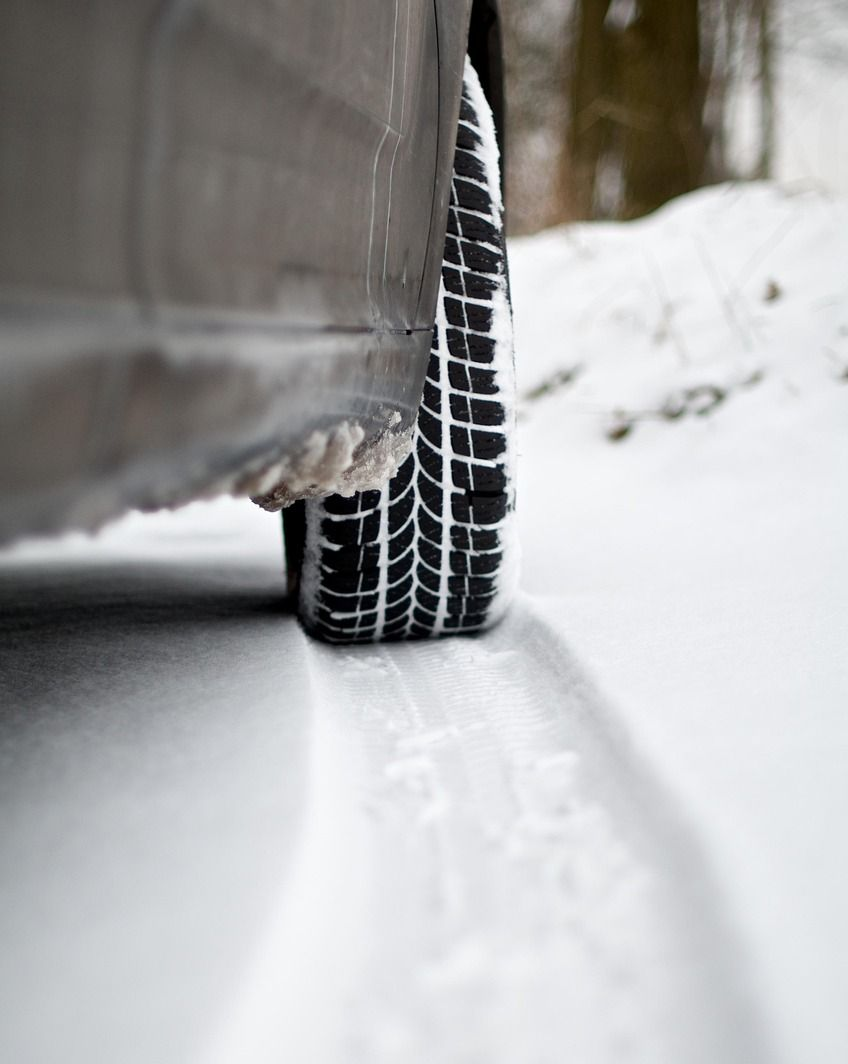How to Check for Tire Dry Rot and Cracks
Beyond Tread and Pressure
Tires are one of the most important safety features on any vehicle, yet they often receive attention only when something goes wrong. While most drivers focus on tread depth or air pressure, another critical issue can quietly develop over time: dry rot. Also known as sidewall cracking, dry rot weakens the rubber and increases the risk of blowouts or sudden air loss. In a climate like Boston, where temperatures swing from humid summers to freezing winters, tire dry rot is a common concern. At Raymond’s Tire Shop, we help drivers identify the warning signs early and replace compromised tires before they become a hazard.
What Causes Tire Dry Rot
Dry rot occurs when rubber loses its flexibility and begins to break down. This process is primarily caused by exposure to sunlight, ozone, and extreme temperature fluctuations. In Boston, the combination of hot, sunny days in the summer and cold, salty roads in the winter
accelerates the breakdown of tire compounds. Other contributing factors include underinflation, lack of regular use, and age. Even if tires appear to have plenty of tread left, they can become unsafe if the rubber has begun to deteriorate.

How to Identify the Signs of Dry Rot
Performing regular tire inspections is the best way to detect dry rot before it leads to failure. Drivers should look for the following key warning signs:
- Cracks on the Sidewalls: Fine, spiderweb-like cracks are often the first visible indication of dry rot. These cracks may start small but expand over time as the rubber continues to dry out.
- Cracking Between Treads: Check between the tread blocks for small fissures or lines, which suggest that the inner rubber is beginning to weaken.
- Faded or Dull Appearance: Tires suffering from dry rot often lose their deep black color and appear gray or chalky. This discoloration signals oxidation and aging of the rubber.
- Brittle Texture: Press gently on the tire surface. If it feels
stiff or flaky instead of pliable, the rubber has lost its elasticity.
- Slow Air Leaks: If a tire seems to lose pressure without a visible puncture, small cracks may be allowing air to escape.
Any of these signs indicate that the tire is past its safe lifespan. Tires with advanced cracking or brittleness should be replaced immediately, as they are at risk of splitting under pressure while driving.

Why Climate Matters in Boston
The
weather conditions in Boston create an environment where dry rot develops more quickly than in moderate climates. Road salt, moisture, and wide temperature fluctuations contribute to rubber degradation. During the winter, salt and ice can seep into existing cracks, worsening the damage. In the summer, UV rays and hot asphalt dry out the rubber further. Regular inspections, especially during seasonal changes, are essential to keeping tires safe in New England’s unpredictable conditions.
Preventing Tire Dry Rot
Although no tire lasts forever, there are several ways to slow the aging process and extend tire life:
- Maintain Proper Inflation: Underinflated tires flex more and generate heat, accelerating wear.
- Park in Covered Areas: Protecting tires from direct sunlight and ozone exposure helps prevent drying and cracking.
- Clean Tires Regularly: Remove salt, dirt, and debris to prevent chemical deterioration.
- Drive Regularly: Tires that sit for long periods are more prone to drying out because the protective oils in the rubber are not circulated.
- Replace Tires by Age: Even if tires appear visually sound, most manufacturers recommend replacing them every six to ten years, depending on storage and usage.

When to Seek Professional Help
If you notice signs of cracking, fading, or brittleness, it is best to have your tires inspected by professionals. At Raymond’s Tire Shop, our technicians perform thorough visual assessments and recommend safe, cost-effective replacements when necessary. We offer a wide selection of high-quality tires suited to Boston’s demanding driving conditions, ensuring that every vehicle remains safe year-round.
Final Thoughts
Tire dry rot is a serious but preventable issue that every driver should be aware of. Regular inspections, proper maintenance, and timely replacements can make the difference between a safe drive and a dangerous blowout. In Boston’s challenging climate, taking proactive steps to protect your tires is essential for safety and performance.
At Raymond’s Tire Shop, we are committed to keeping local drivers safe on the road. Visit us for a professional inspection and expert guidance on choosing the right tires to withstand New England’s toughest weather conditions.










